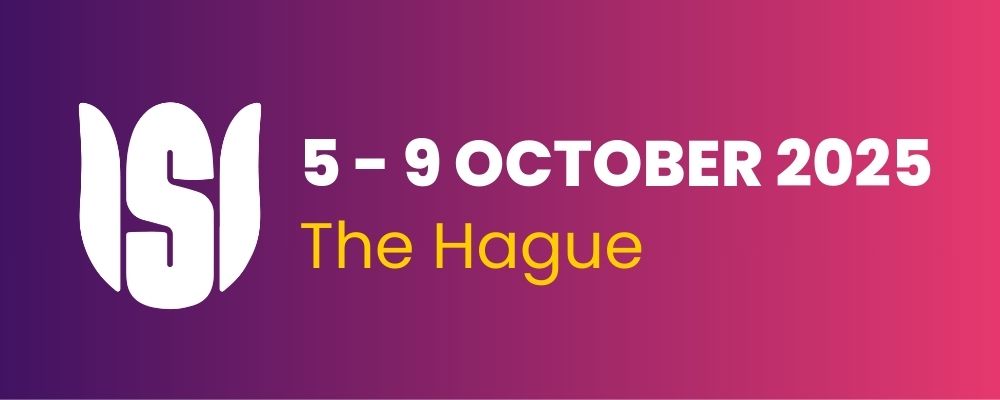Generative AI and advanced Machine Learning in statistics – have the paradigms improved the status quo?
Conference
65th ISI World Statistics Congress
Format: IPS Abstract - WSC 2025
Keywords: artificial intelligence, generative, machine learning, statistics
Session: IPS 966 - Data Science and Innovation: Steering Central Banks Statistics Towards Agile Governance
Monday 6 October 2 p.m. - 3:40 p.m. (Europe/Amsterdam)
Abstract
It was around 2010, and the hype triggered by Machine Learning shook many sectors with the offer of tools able to solve the most disparate computational problems. The statistical production processes were not immune, and many of us embraced the new paradigm in the hope to find an easy way let machines do what humans were struggling to achieve. A decade later, a “steady state” appears to have been reached, with some concrete productivity increases witnessed along the chain of tasks embedded in the statistical production processes. From quality assurance to predictive analytics and classification, many organizations have enhanced their operational environments with the ML models supplementing the more traditional statistical tooling to clean, process and disseminate their products.
But this “plateau of productivity” appears short lived, and an even more disruptive hype under the name of “generative AI” starts pervading our lives, with promises of immense benefits also for the statistics production processes. The pessimists would fear that the statistical profession is at the verge of extinction, given the out-of-the-box capabilities offered by products like ChatGPT in predictive analytics. The optimists instead see a new world opening to analyze more data from the most disparate sources and in addition make this data more accessible and understandable for the final users.
The presentation will attempt analyzing the current promising trends in the adoption of LLMs in the statistical domain, drawing from the experiences gained during the last decade in experimenting with ML and in implementing it in operational environments.
